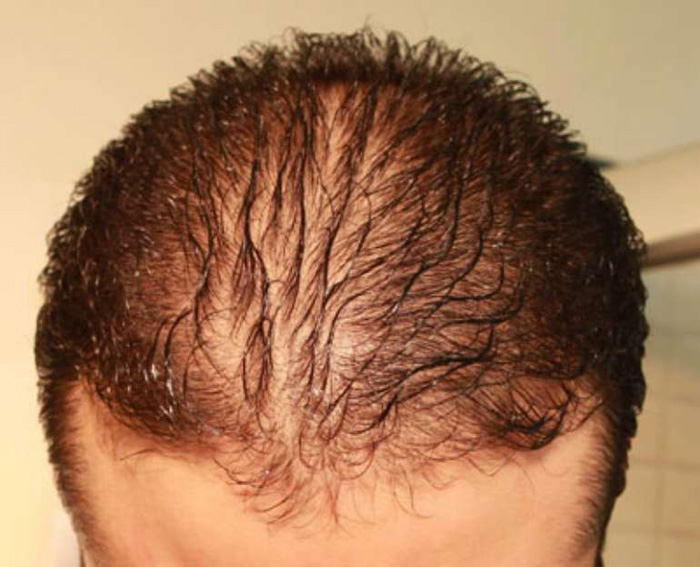
Telogen effluvium is the transient increased shedding of normal club hairs (telogen) from resting scalp follicles secondary to accelerated shift of anagen (growth phase) into catagen and telogen (resting phase), which results clinically in increased daily hair loss and, if severe, thinning of hair.
Causes of Telogen Effluvium
In the normal scalp, 80 to 90% of hairs are in anagen phase, 5% in catagen phase, and 10 to 15% in telogen phase; 50 to 100 hairs are shed as they are replaced daily. With telogen effluvium, many more hairs than normal are shed daily. The precipitating stimulus for telogen effluvium results in a premature shift of anagen follicles into the telogen phase.
Symptoms of Telogen Effluvium
If you have telogen effluvium, you’ll notice more hair than usual accumulating on your pillowcase, on the shower or bathroom floor and in your hairbrush. Your scalp hair may feel or look less dense than usual. Often, though, the hair loss is subtle, and other people may not notice anything different about your hair.
Diagnosis
Made on history, clinical findings, and trichogram, excluding other causes.
Treatment
No intervention is needed or required. The patient should be reassured that the process is part of a normal cycle of hair growth and shedding and that full regrowth of the hair is to be expected in most cases.
References